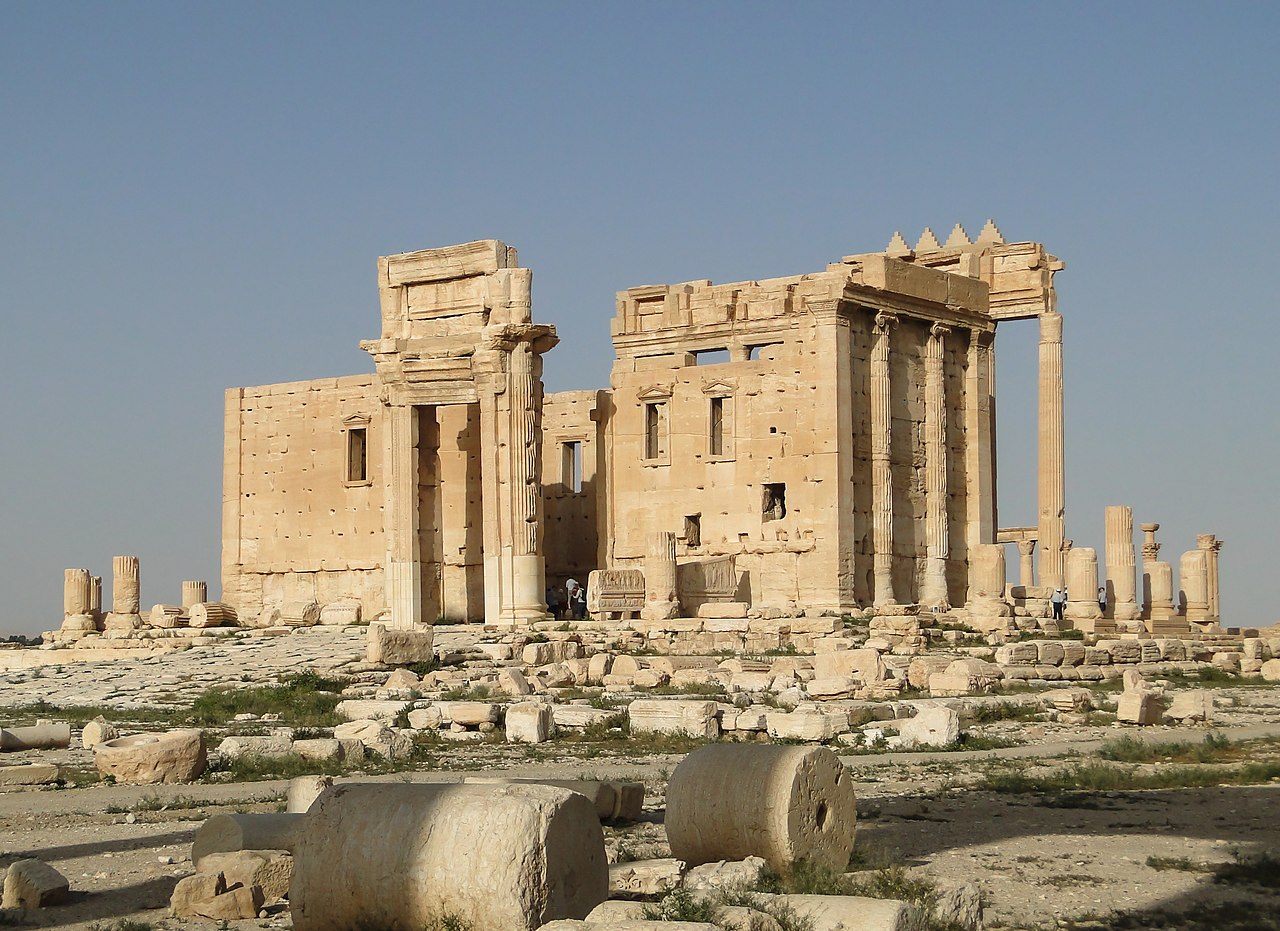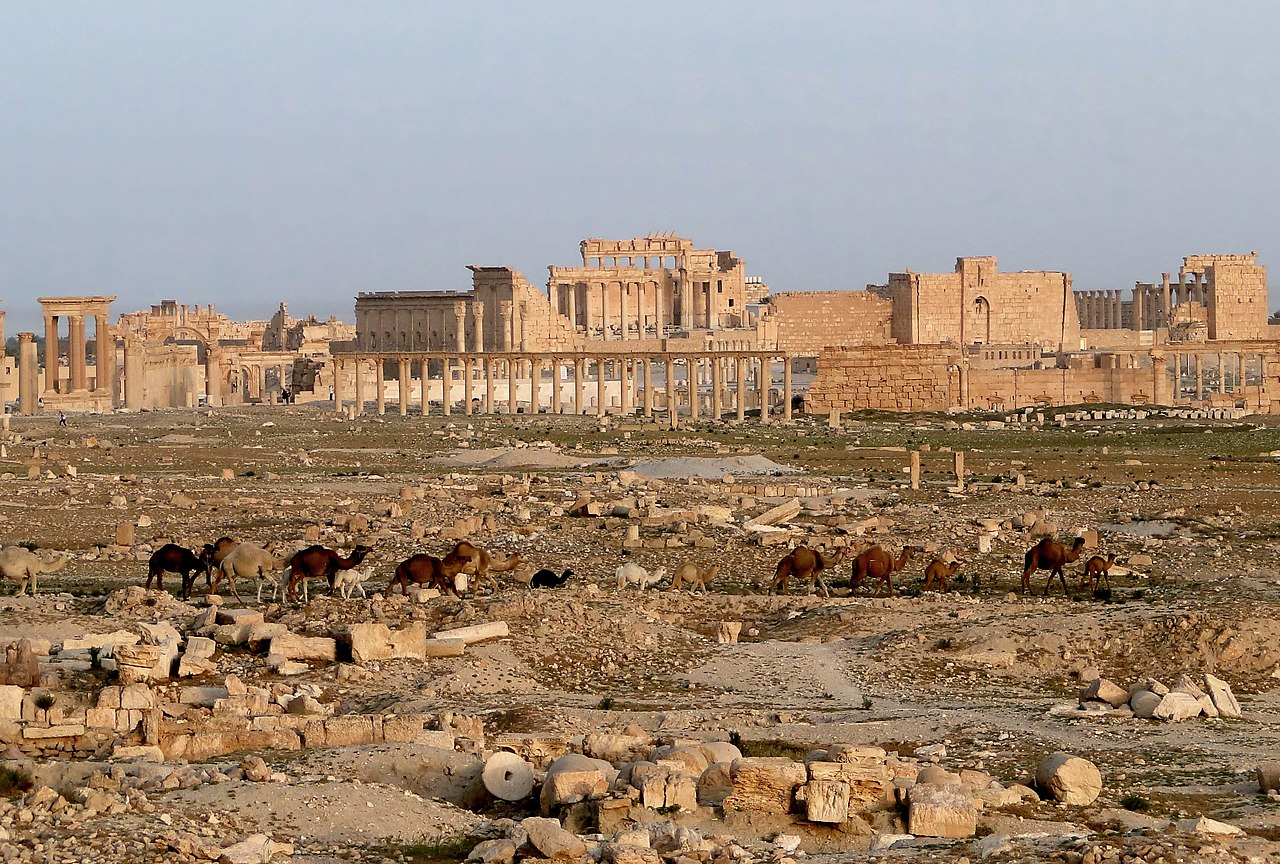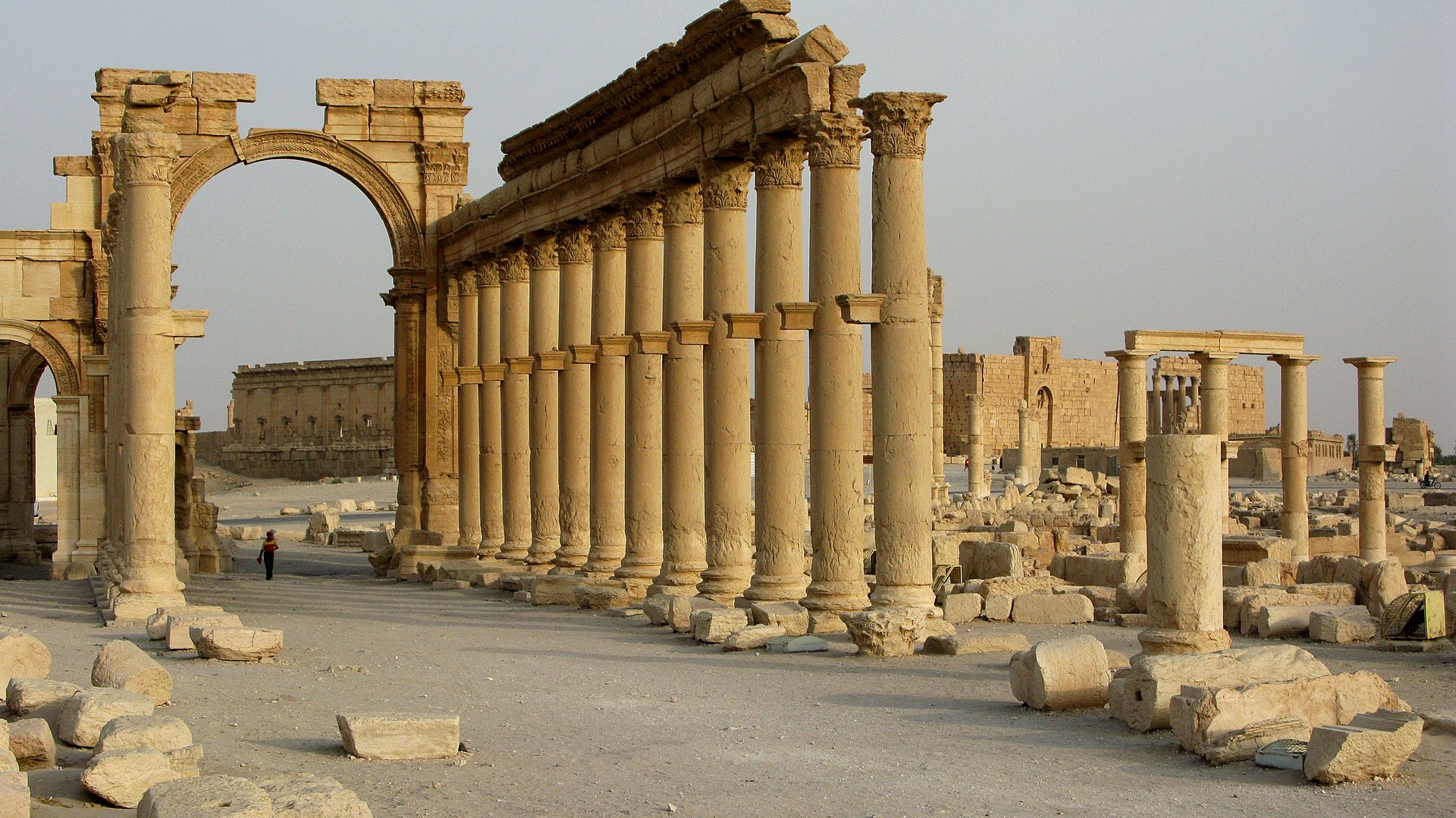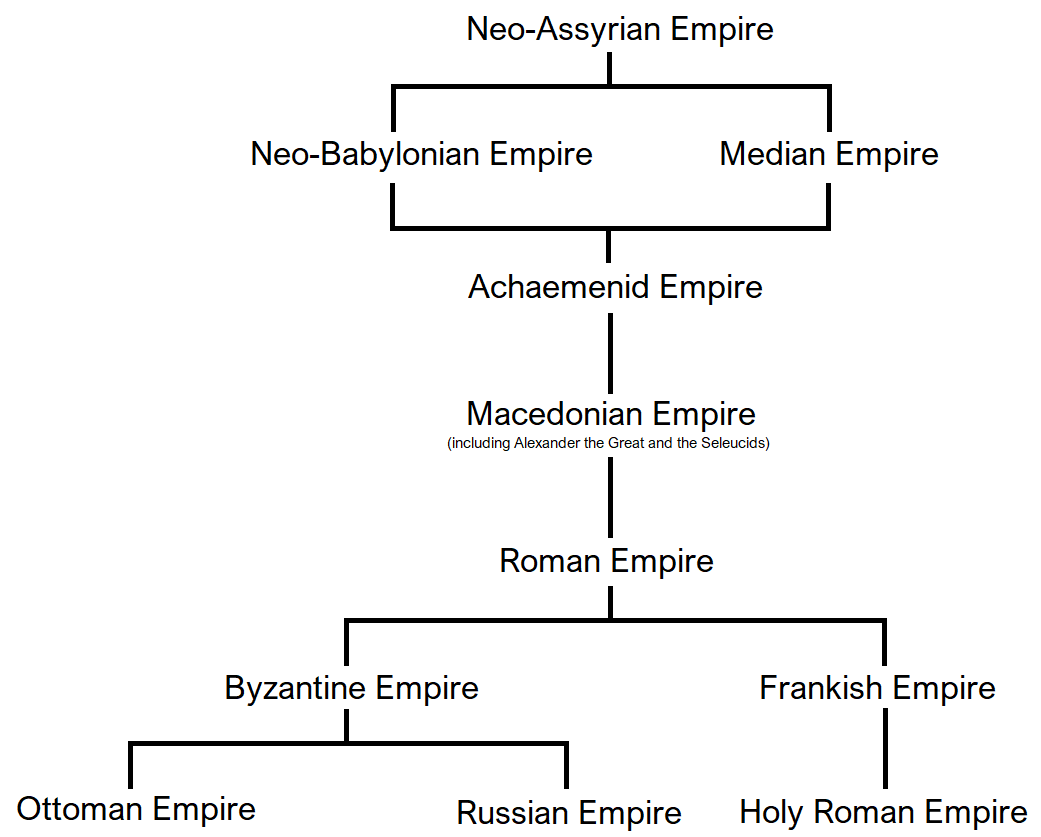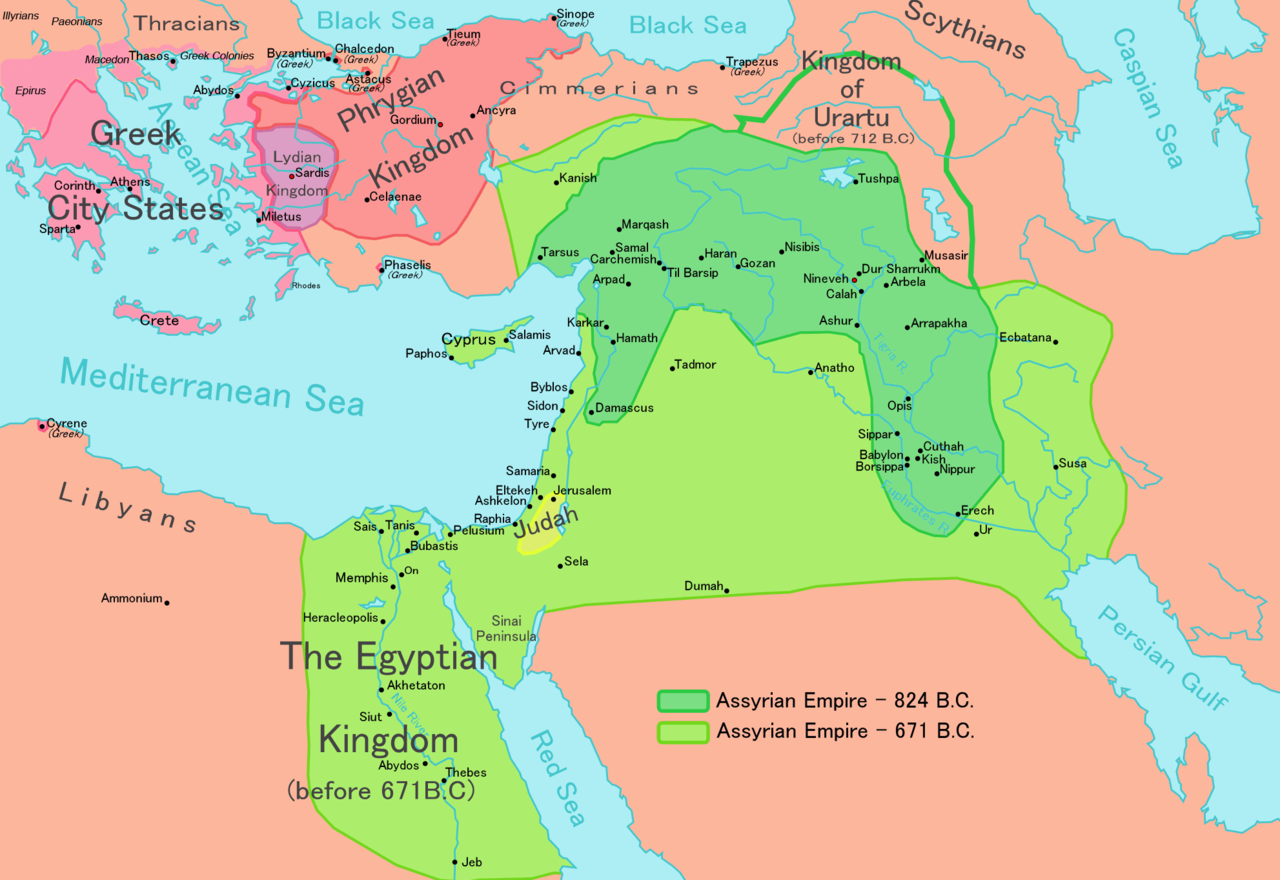
AsianOverland.net
Tour Guide - Itinerary
Asian Overland Sydney to London
Started 22/06/2022 Finished 21/06/2023365 Days ITINERARY
Day 285 date 02/04/2023ANTALYA, TURKIYE to PALMYRA, HOMS, SYRIA
ASIANOVERLAND.NET LONDON TO SYDNEY DAY 285: ANTALYA TO PALMYRA, HOMS, SYRIA
The Neo-Assyrian Empire was the final and greatest phase of Assyria as the world’s first and largest empire in history up to that time. Beginning with Adad-nirari II in 911 BC, the Neo-Assyrian Empire grew to dominate the ancient Near East throughout much of the 8th and 7th centuries BC.
Because of its geopolitical dominance, the Neo-Assyrian Empire is the first world empire in history. At its height, the empire was the strongest military power in the world, and ruled over all of Mesopotamia, the Levant and Egypt, as well as parts of Anatolia, Arabia and modern-day Iran and Armenia.
Palmyra is an ancient city in Homs Governorate, Syria, which was part of the Assyrian Empire. Palmyra grew wealthy from trade caravans and the Palmyrenes were renowned merchants who established colonies along the Silk Road. The Palmyrenes’ social structure was tribal.
Palmyra's wealth financed the construction of monumental projects which still exist, such as the Great Colonnade, the Temple of Bel, and distinctive tower tombs.
By the third century, Palmyra had become a prosperous regional centre and reached the peak of its power in the 260s, when the Palmyrene King Odaenathus was succeeded by queen regent Zenobia, who rebelled against Rome and established the Palmyrene Empire.
Before AD 273, Palmyra enjoyed autonomy and was attached to the Roman province of Syria.
In 273, Roman emperor Aurelian destroyed Palmyra.
Following its destruction in 273, Palmyra became a minor centre under the Byzantines and later empires.
Paul the Apostle preached in Antioch and Palmyra during his journeys from Jerusalem to Turkiye.
After the Emperor Constantine's legalisation of Christianity in 311, Antioch in Pisidia played an important role as the Christian metropolitan see.
The Palmyrenes converted to Christianity during the fourth century and then to Islam following the conquest by the 7th-century Rashidun Caliphate, after which the Palmyrene language was replaced by Arabic.
Antioch was devastated by an earthquake in 518, a plague from 541 to 543, another earthquake, and Arab raids in the middle of the 7th century.
Palmyra’s destruction by the Timurids in 1400 reduced it to a small village, but it’s great history means it will always be an important archaeological site.
© This work is copyright. Apart from any use permitted under the Copyright Act 1968, no part may be reproduced by any process, nor may any other exclusive right be exercised, without the permission of Peter Searle, peter@portseavillageresort.com; 1980-2024.
Website built by Justin O’Dea www.webdeveloperdocklands.com.au
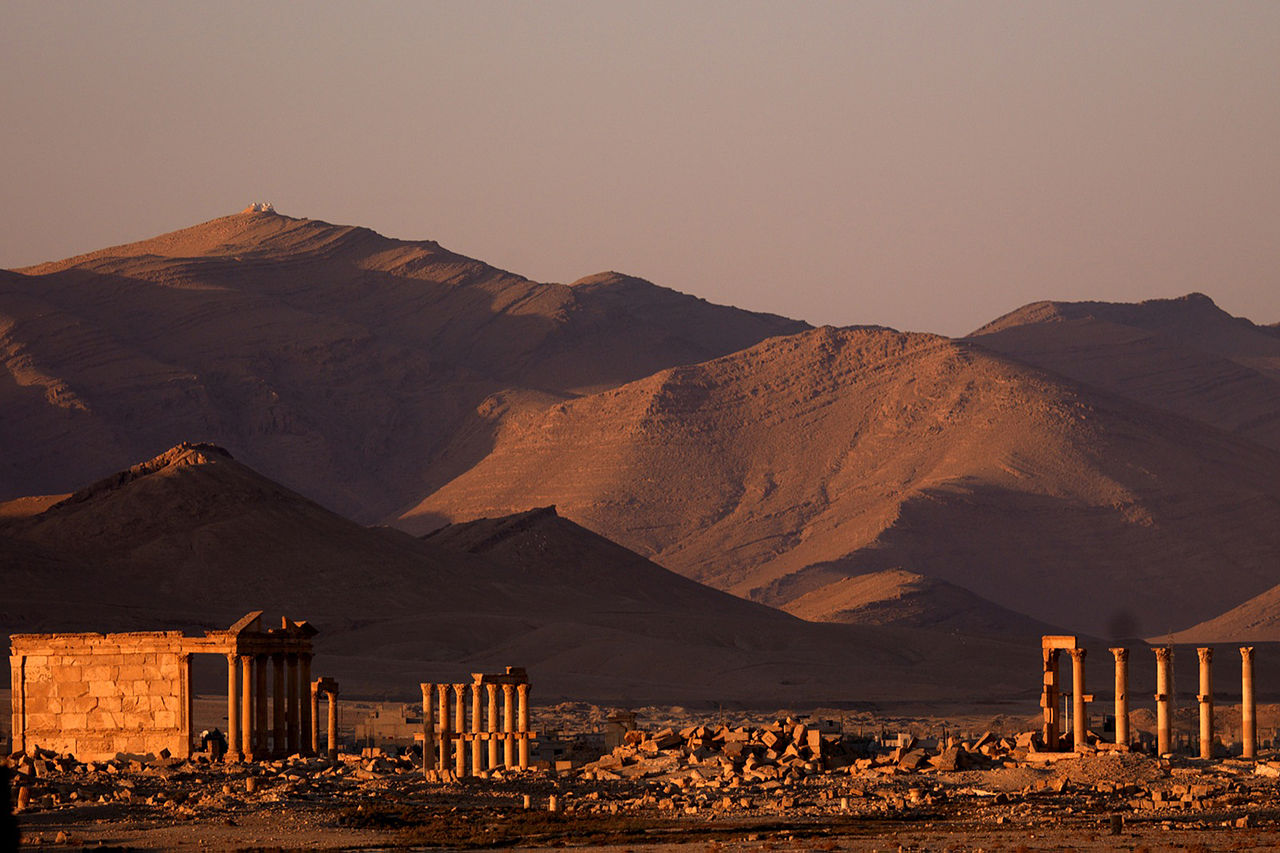
.jpg)
